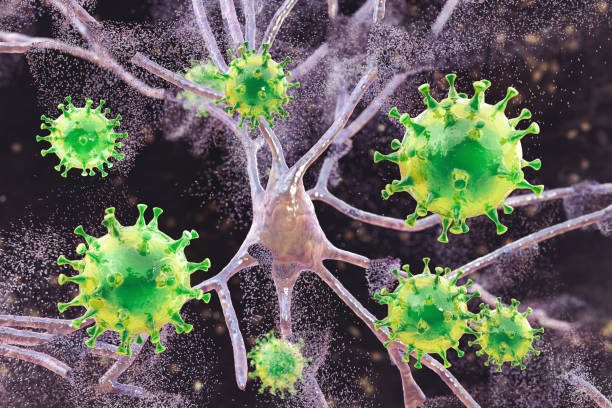Results of an Autopsy Revealed SARS-CoV-2
It is well established that COVID-19 causes multi-organ dysfunction. According to Dr. Daniel Chertow, an infectious disease expert from the US National Institutes of Health, “the belief in the field was that SARS-CoV-2 was largely a respiratory virus.”
Complete autopsy of 44 COVID-19 fatalities were performed by researchers, who also discovered how the virus may enter the brain and other non-respiratory tissues.
Subjects of the Autopsy
Men made up 70% of the study’s patients, while women made up 30%. The patients were 62.5 on average.
27 of the individuals had three or more comorbidities. Between the commencement of their COVID symptoms and death, there was a median interval of 18.5 days.
38 individuals had SARS-CoV-2 positive blood plasma testing. Three turned out to be unfavourable. For the remaining 3 patients, plasma was not available.
Body Parts that Included SARS-CoV-2
SARS-CoV-2 largely infected and harmed lung and airway tissues, according to an analysis of the autopsy tissue. However, 84 distinct anatomical parts and physiological fluids were also revealed to have viral RNA. These comprised the heart, gastrointestinal system, brain, adrenal gland, eye, and lymph nodes.
In the brains of one patient, SARS-CoV-2 RNA and viral protein were discovered in the cerebellum and hypothalamus. These were found in the spinal cord and basal ganglia of two further individuals. In one instance, the virus’ RNA was recovered more than seven months after the patient’s initial symptoms appeared.
Important Conclusions
The virus was discovered in the brain tissues, however the researchers reported that, “despite high viral burden,” there was no harm to these brain tissues.
The goal of this work was to map and quantify SARS-distribution, CoV-2’s replication, and cell-type selectivity throughout the human body. Finding COVID-19 in the body can aid in the research of the connection between lengthy COVID and broadly infected human tissues.
Authors Describe the Methodology and Results
The authors claimed, “We observed viral replication over the first two weeks after symptom onset in numerous non-respiratory locations.”
“Our focus on short postmortem intervals, a comprehensive, standard method of tissue collection, dissection of the brain prior to fixation, preservation of tissue in RNA later, and flash freezing of fresh tissue allowed us to detect and quantify SARS-CoV-2 RNA levels with high sensitivity by [polymerase chain reaction] and [in situ hybridization], as well as isolate virus in cell culture from multiple non-respiratory tissues including the brain, which are notable,” they continued.
Future Investigation is Planned
A Paxlovid RECOVER trial that will commence in 2023 will include an expansion of the autopsy work. In this case, researchers will look at the bodies of both vaccinated persons and those who have the problematic variations. The current study does not include these instances.







